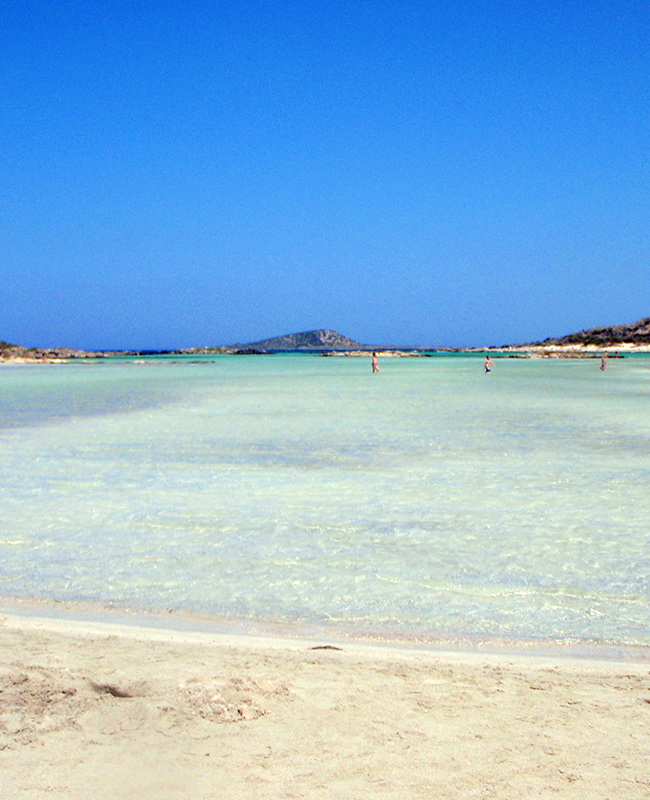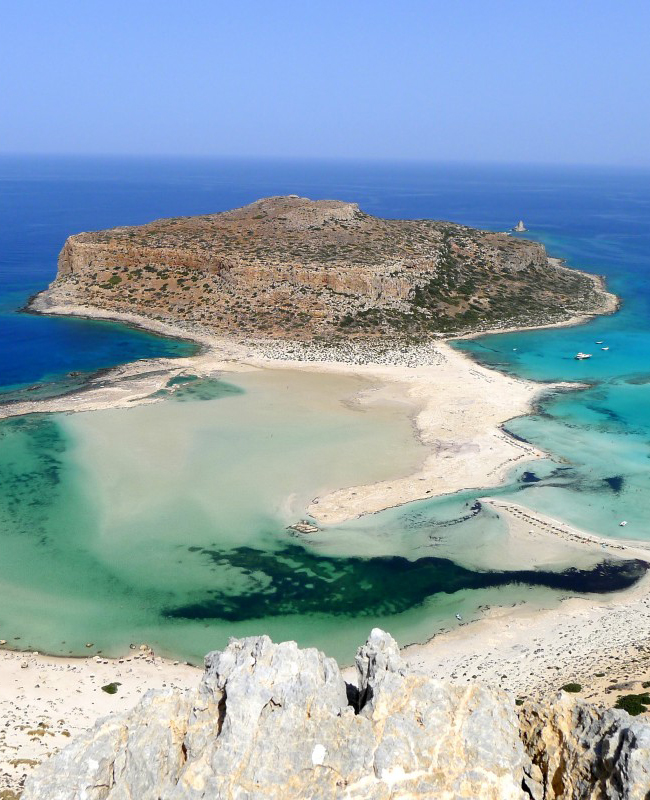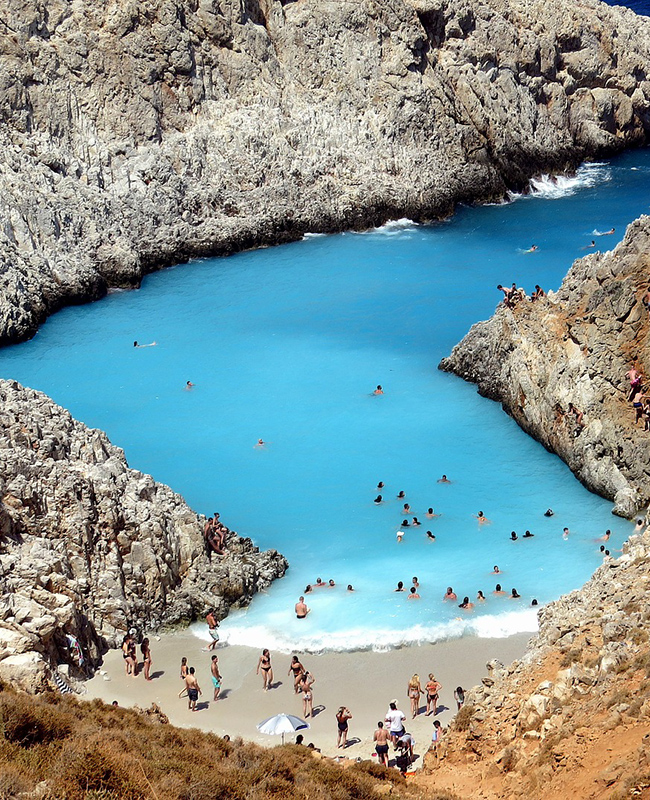The old town of Chania with the beautiful Venetian harbor is the heart of the city of Chania and its prefecture that beats loudly during the summer.
Numerous people, tourists and residents of Chania, people of all ages, come here and collect what the historic old town and the enchanting Venetian harbor has to offer. Get to know the history of the old city of Chania, which consists of historic districts, squares and neighborhoods.
- Kasteli, the hill where the history of the city of Chania began to be written, and always constituted the acropolis or the core of the city.
- Topana, which was the prestigious district of the city.
- Hebrew, where the Jews who settled in Chania created their own neighborhood.
- The Sanctuary that was the square where the Christians of the city, during the Ottoman domination, and the most central square of Chania in the later years.
- Splantzia, which was the Turkish macaque, when the Turks settled in Chania.




